Studying zebrafish behavior using video tracking software
When it comes to studying zebrafish behavior, video tracking software is the ideal tool. Here we highlight five recent posts about studies on zebrafish behavior where researchers applied video tracking software.
Posted by
Published on
Mon 07 Feb. 2022
Topics
| Danio Rerio | DanioVision | EthoVision XT | Video Tracking | Zebrafish |
When it comes to studying zebrafish behavior, video tracking software is the ideal tool. Every aspect of zebrafish behavior, in both adults and larvae, is easily measured using EthoVision XT video tracking software with additional tools like DanioVision and aquatic mazes. These aspects include social interaction, anxiety-like behavior, exploration, swimming patterns, or just general activity.
Studying zebrafish behavior using video tracking software
In this blog post we highlight five recent posts about studies on zebrafish behavior where researchers applied video tracking software. Want to read even more? Please visit this interesting page of our Behavioral Research Blog.
Table of contents
- Attracting zebrafish with 2D images
- All zebrafish are different
- What is DanioVision?
- Zebrafish exposed to cannabinol
- Zebrafish create insight in neurological diseases
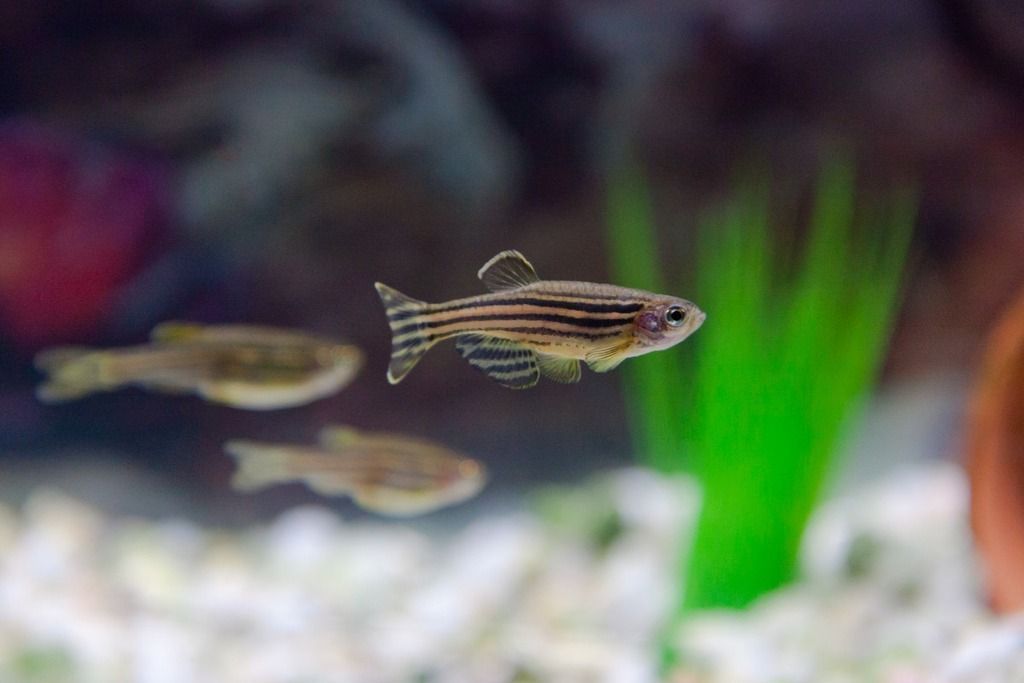
Attracting zebrafish with 2D images
Zebrafish are social animals that interact with each other in numerous ways. A recent study by Dr. Lenzi shows that still 2D images of zebrafish are enough to induce shoaling behavior of fellow zebrafish. They photoshopped both male and female zebrafish with exaggerated stimulating features, to analyze whether zebrafish show sex-dependent discrepancies regarding shoaling preferences.
The study showed that male fish are slightly less selective in their shoaling preference, however, the most interesting part of this research is that still 2D images are enough to induce certain behavior in zebrafish.
Keep reading: Zebrafish attracted to superfish: video tracking sex differences in shoaling
All zebrafish are different
Seeing that all zebrafish are different, their larval locomotive behavior (swimming patterns), a popular behavioral research endpoint, often vary. This can make it hard for someone studying zebrafish to get robust results, which is problematic for the interpretation of a study.
That is why researchers at the Swiss Federal Institute of Aquatic Science and Technology felt the need to revise the way larval locomotive behavior is studied. They pose that larvae should be studied at an individual level, to bypass the variability in locomotion within a group. Using this study method, they concluded that individual larva locomotion remains consistent and predictable throughout its development.
Keep reading: Getting robust results: one zebrafish is not like the other
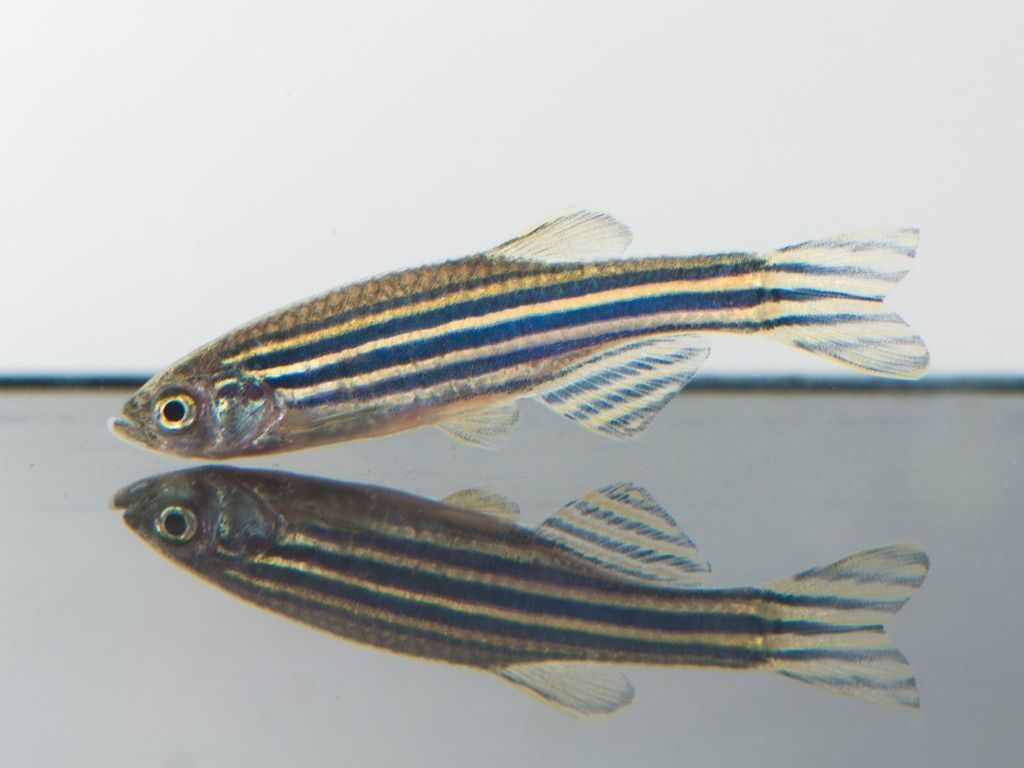
What is DanioVision?
Using zebrafish as model organisms has become more popular in the recent years for several reasons. They are a cheaper alternative for mice and still share 70 percent of their genes with humans. One very useful characteristic of zebrafish is their transparent larval stage, which makes it possible to easily examine the development of their internal body.
DanioVision is a complete system devoted to studying zebrafish larvae and is therefore an essential tool for researchers studying zebrafish but can be used to study different organisms as well. DanioVision creates a controlled and stable environment in its observation chamber, integrated with EthoVision XT video tracking software.
Keep reading: What is DanioVision? A brief insight in zebrafish tracking
Zebrafish exposed to cannabinol
Cannabinol (CBN), a degradation product of THC, is a lesser-known compound of cannabis leaves. Zebrafish and humans share the CB1 cannabinoid receptor, which makes zebrafish a suitable model for studying the effects of CBN on various health aspects.
A study at the Zoology and Analytical Chemistry laboratory of the University of Ioannina showed various negative, dose dependent effects of CBN exposure on the morphology, behavior, physiology, and metabolome of an organism.
Keep reading: Toxicometabolism and behavior of zebrafish exposed to cannabinol
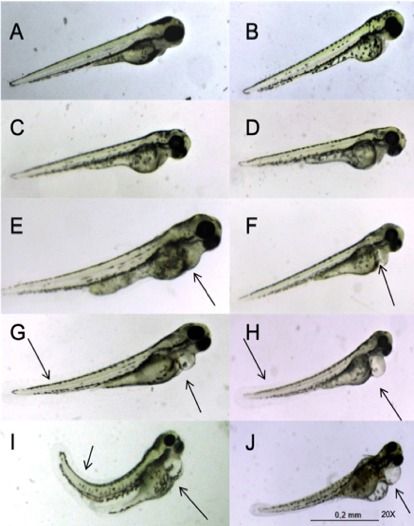
Zebrafish create insight in neurological diseases
The neuropathological behavior of zebrafish is like that shown in humans, therefore zebrafish can be used as a model to study neuromuscular diseases like Parkinson’s. Teresa Capriello and colleagues from the University of Naples ‘Federico II’ conducted a study using zebrafish which shows that heavy metals like cadmium and aluminum are neurotoxins. Therefore, the accumulation of these heavy metals in the environment is a risk factor in the development of neurodegenerative diseases like Parkinson’s and Alzheimer’s (Chin-Chan et al., 2015; Jomova et al., 2010).
Keep reading: Zebrafish help us to understand neurodegenerative and neuromuscular diseases
We welcome you to come meet us at the third Italian Zebrafish Meeting (ZFIM)
This meeting will be held on February 9-10-11 in Naples, Italy. After being postponed many times, we are happy to finally be able to physically meet you again! This meeting is organized by the University of Naples Federico II in collaboration with Fondazione Guido Bernardini and AISAL and is a great opportunity for scientists studying zebrafish to network and organize new collaborations.
Our representative on-site will be Corine Tetteroo, she will be more than happy to assist you and answer any questions you may have that concern our research.
More information of the Italian Zebrafish Meeting can be found here.
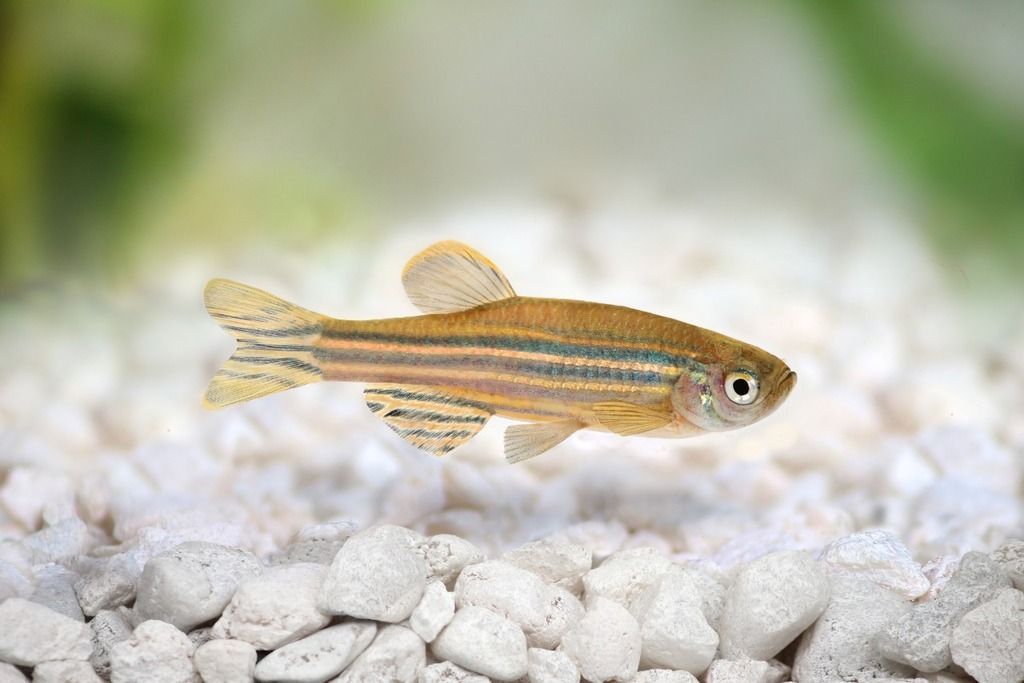
References
- Lenzi, C.; Ciobîcă, A.; Nicoară, M.; Plăvan, G.I.; Curpan, A.S.; Timofte, D.; Strungaru, S.A. (2020). Shoaling preference and social partner selection – behavioral, metabolic and psychiatric relevance in a zebrafish (Danio rerio) study. Bulletin of Integrative Psychiatry, doi: 10.36219/bpi.2020.4.06.
- Fitzgerald, J.A.; Tulasi Kirla, K.; Zinner, C.P.; Berg, C.M., vom (2019). Emergence of consistent intra-individual locomotor patterns during zebrafish development. Scientific Reports, 9, 13647
- Chousidis, I.; Chatzimitakos, T.; Leonardos, D.; Filiou, M.D.; Stalikas, C.D.; Leonardos, I.D. (2020) Cannabinol in the spotlight: Toxicometabolomic study and behavioral analysis of zebrafish embryos exposed to the unknown cannabinoid. Chemosphere, 252, 126417.
- Fu, J.; Gong, Z.; Kelly, B.C. (2018) Metabolomic profiling of zebrafish (Danio rerio) embryos exposed to the antibacterial agent triclosan. Environmental Toxicology and Chemistry, 38(1), 240-249.
- Capriello, T.; Consiglio Grimaldi, M.; Cofone, R.; D'Aniello, S.; Ferrandino, I. (2019). Effects of aluminium and cadmium on hatching and swimming ability in developing zebrafish. Chemosphere, 222, 243-249.
- Chin-Chan, M.; Navarro-Yepes, J.; Quintanilla-Vega, B. (2015). Environmental pollutants as risk factors for neurodegenerative disorders: Alzheimer and Parkinson diseases. Frontiers in Cellular Neuroscience, 9, 124.
- Jomova, K.; Vondrakova, D.; Lawson, M.; Valko, M. (2010). Metals, oxidative stress and neurodegenerative disorders. Molecular and Cellular Biochemistry, 345(1e2), 91e104.
Related Posts
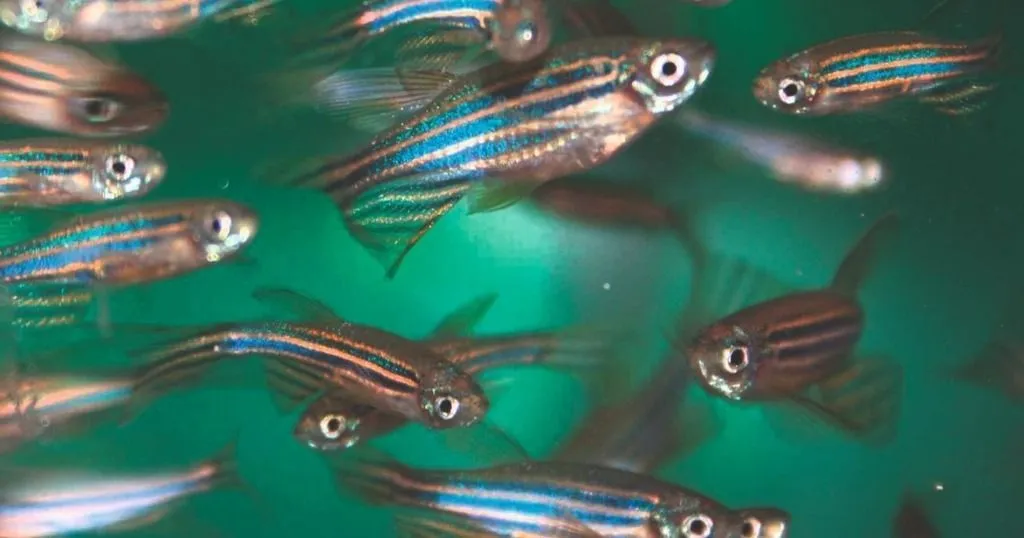
Isolated and stressed zebrafish as a model for major depression
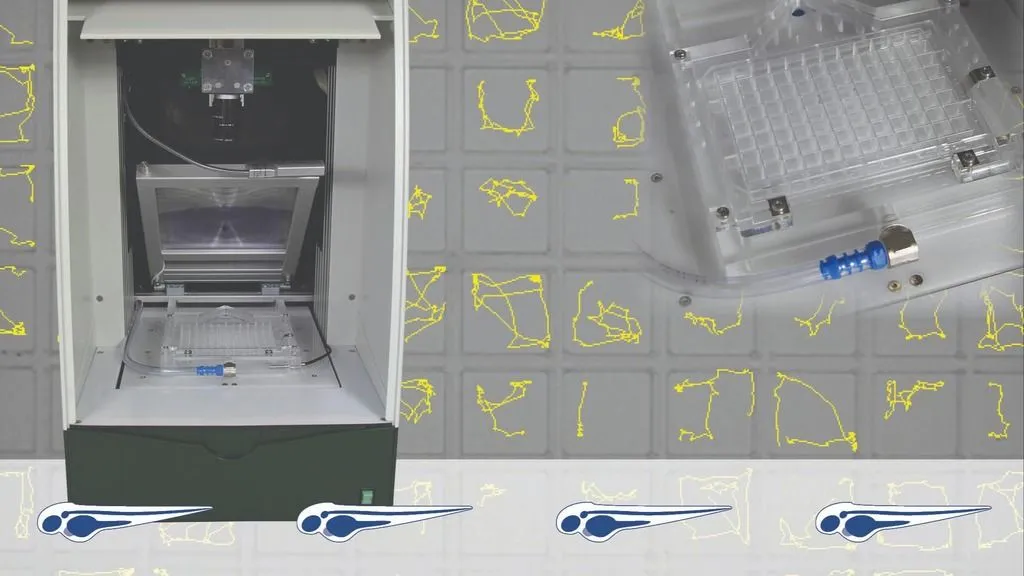
What can I use DanioVision for?

